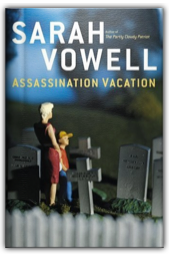
Sarah Vowell exposes the glorious conundrums of American history and culture with wit, probity, and an irreverent sense of humor. With Assassination Vacation, she takes us on a road trip like no other — a journey to the pit stops of American political murder and through the myriad ways they have been used for fun and profit, for political and cultural advantage. 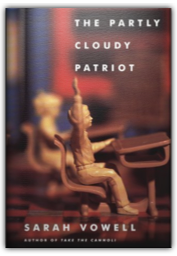
In The Partly Cloudy Patriot, Sarah Vowell travels through the American past and, in doing so, investigates the dusty, bumpy roads of her own life. In this insightful and funny collection of personal stories Vowell — widely hailed for her inimitable narratives on public radio's This American Life — ponders a number of curious questions: Why is she happiest when visiting the sites of bloody struggles like Salem or Gettysburg? Why do people always inappropriately compare themselves to Rosa Parks? Why is a bad life in sunny California so much worse than a bad life anywhere else? What is it about the Zen of foul shots? And, in the title piece, why must doubt and internal arguments haunt the sleepless nights of the true patriot? 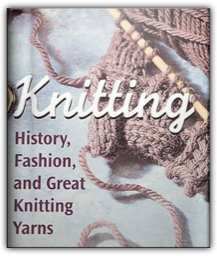
This celebration of the art, craft, history, and various joys of knitting enforces the newly chic nature of creating one's own handknit garments. The book is divided into four sections: Knit Wit (quotes from real and fictional knitters); A Stitch in Time (history of the craft); The Knitty Gritty (factoids and trivia from around the world); and Casting On (a guide to needles, yarns, and stitches) Now that kntting has cast off its grandmotherly image, it's a great gift for just about anyone. 
The organizing theme of this unique work by W. Warren Wagar is the way in which images of alternative futures are shaped by ideological differences in the present. Wagar identifies three principal camps of futurist thought: "technoliberals," "radicals," and "counterculturalists." By far the largest group are the technoliberals—supporters of parliamentary democracy, civil liberties, free enterprise, and technological progress. Radicals occupy the Marxist and democratic-socialist Left, while counterculturalists espouse decentralist, eco-pacifist, and "New Age" values. The Next Three Futures pulls together all aspects of futures studies—compromising a vital introduction and outline of the many worlds of futurist inquiry. The book consists of two parts: the first an examination of how futurists think and work; the second a comparative and critical analysis of their ideas on a wide variety of topics. After a short prologue, the first chapter defines the scope and limitations of futures research, and discusses its chief methodologies. The next chapter gives a valuable intellectual history of futurism from its earliest origins, with special emphasis on the work of H. G. Wells. The idea of the ideological paradigm in futures studies is described in the third chapter. The following four chapters, making up part two, investigate the thinking of contemporary futurists on the environment, economic and political developments, war and peace, and societal/cultural issues. Wagar's epilogue considers the possibility that the technoliberal, radical, and countercultural futures may all lie ahead for humankind, but at different stages in the years to come. This highly readable volume will be of great value to students of futurism, futurists, political scientists, sociologists, economic forecasters, environmentalists, and anyone else fascinated by the study of the future. 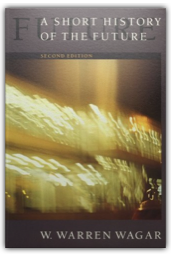
A dazzling and imaginative combination of fiction and scholarship, this speculative history of the future is a memoir of postmodern times. This second edition shows how the events of 1989 and their aftermath reinforce Wagar's predictions of the future. "A breathtaking future history in the manner of Wells and Stapledon, unnerving in its mixture of facts, fiction, and personal perspectives."—George Zebrowski, New York Review of Science Fiction 
The Pulitzer Prize-winning novel that tells the story of two sisters through their correspondence. With a new Preface by the author. |
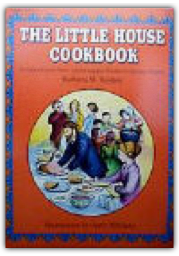
Laura Ingalls Wilder grew up on the prairie, where food was something one worked for, cooking was a big part of daily life, and mealtime was a chance to gather with family and give thanks. By watching Pa hunt and farm and by helping Ma prepare the food, Laura learned the pleasures that come from a family working together. Laura also experienced the joy that comes from sharing food, made with love and care, with family and friends. 
An anthology of essays by up-and-coming feminist and gay writers reevaluates the objectives and philosophy of the feminist movement, calling for more emphasis on liberating women than guarding their sexual behavior. 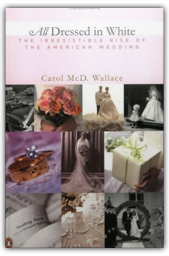
Everybody loves a wedding, and in All Dressed in White Carol McD. Wallace celebrates the delicious history and the eternal allure of our favorite rite of passage. In the past 150 years the wedding has gone from discreet private ceremony to elaborate public event, yet the fundamentals remain the sameweddings are the only social events in America where matters of money, sex, and class are brought to the fore. The growth of the middle class and the development of the popular media play a role in Wallaces tale, as does the eternal vision of the White Dress in its metamorphosis from gown to costume. Wallaces captivating narrative spans the range of weddings, from pioneer ceremonies in the Wild West to Princess Graces stately nuptials in Monaco, from Old New York to contemporary Las Vegas. At once frivolous and learned, irreverent and sentimental, All Dressed in White is a ravishing read for brides, their friends, and devotees of American traditions. 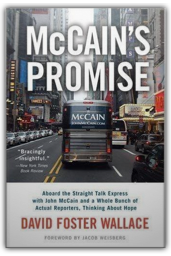
Is John McCain "For Real?" 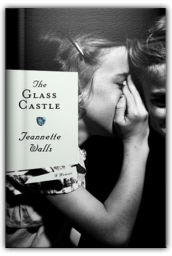
Jeannette Walls's father always called her "Mountain Goat" and there's perhaps no more apt nickname for a girl who navigated a sheer and towering cliff of childhood both daily and stoically. In The Glass Castle, Walls chronicles her upbringing at the hands of eccentric, nomadic parents—Rose Mary, her frustrated-artist mother, and Rex, her brilliant, alcoholic father. To call the elder Walls's childrearing style laissez faire would be putting it mildly. As Rose Mary and Rex, motivated by whims and paranoia, uprooted their kids time and again, the youngsters (Walls, her brother and two sisters) were left largely to their own devices. But while Rex and Rose Mary firmly believed children learned best from their own mistakes, they themselves never seemed to do so, repeating the same disastrous patterns that eventually landed them on the streets. Walls describes in fascinating detail what it was to be a child in this family, from the embarrassing (wearing shoes held together with safety pins; using markers to color her skin in an effort to camouflage holes in her pants) to the horrific (being told, after a creepy uncle pleasured himself in close proximity, that sexual assault is a crime of perception; and being pimped by her father at a bar). Though Walls has well earned the right to complain, at no point does she play the victim. In fact, Walls' removed, nonjudgmental stance is initially startling, since many of the circumstances she describes could be categorized as abusive (and unquestioningly neglectful). But on the contrary, Walls respects her parents' knack for making hardships feel like adventures, and her love for them—despite their overwhelming self-absorption—resonates from cover to cover. —Brangien Davis 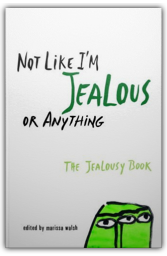
We’ve all been there. We’ve all felt that pang. It’s hard to stop the “green-eyed monster” once it rears its ugly head. We asked 13 writers to share their visions of jealousy and this collection of short stories, essays, and one poem was their response. 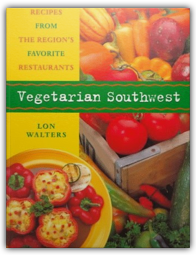
Vegetarian recipes from the Southwest's favorite restaurants |

My Library
Collection Total:
1390 Items
1390 Items
Last Updated:
Mar 22, 2009
Mar 22, 2009
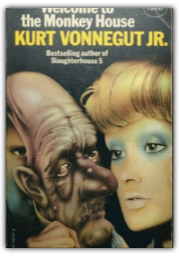

 Made with Delicious Library
Made with Delicious Library